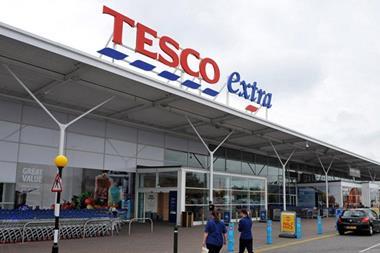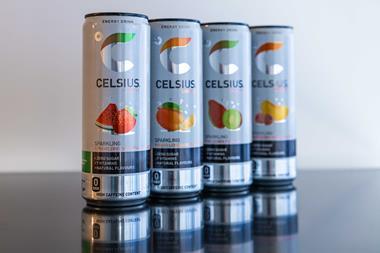Tesco says that the SSNIP test - which stands for small but significant non-transitory increase in price - should be applied to a wider market than it is at present. Sometimes referred to as the hypothetical monopolist test, SSNIP can be used to ask at what point customers prefer to incur the extra costs of travelling somewhere else in order to avoid paying slightly higher prices for groceries at the dominant local supermarket. Tesco says the SSNIP test can be used to assess the behaviour of marginal customers, ie those who are most likely to switch between different stores. If you take these shoppers' buying habits into consideration, it says, the grocery market will be considerably bigger than it is under the Competition Commission definition, and this will show the market is national, rather than local. The Commission already uses the SSNIP test as part of its market definition analysis. The only reason it wasn't mentioned in Emerging Thinking, says a spokesman, is that it is still working on a market definition and has not come to any firm conclusions as to how the SSNIP test should be applied to grocery. However, it is unlikely to apply the test in the same way as Tesco. There are a number of challenges, says the spokesman: "We've got to take into account not just geographical matters but also how different types of store compete with each other." As the Commission states in its working paper: "There is not always an obvious starting point for an SSNIP test. The constraints between grocery retailers of different sizes, different fascias or different locations are likely to differ. Any two grocery retailers may not necessarily both impose an equal competitive constraint on each other. The starting point for the SSNIP test crucially affects the outcome of the market definition exercise."
Close menu
- Home
- Retail & Wholesale
-
Products & Suppliers
- Back to parent navigation item
- Products & Suppliers
-
Product Categories:
- Back to parent navigation item
- Product Categories:
- Alcoholic drinks
- Bakery
- Cereals & breakfast
- Cheese
- Chicken & poultry
- Chocolate
- Confectionery
- Crisps, nuts & snacks
- Dairy
- Fish
- Fresh produce
- Frozen
- Household
- Meat
- Own Label
- Sauces & condiments
- Seasonal
- Soft drinks
- Vaping
- Vegan & plant-based
- World foods
- Suppliers
- People
- Reports & Data
-
Topics A-Z
- Back to parent navigation item
- Topics A-Z
-
Popular topics:
- Back to parent navigation item
- Popular topics:
- Cost of living crisis
- Crime
- Deposit Return Schemes
- Finance
- Government & Regulation
- Health
- Inflation
- Loyalty
- Marketing
- Mergers & Acquisitions
- New Product Development
- Sourcing
- Supply chain
- Sustainability & environment
- Technology
- Ultra Processed Foods
- Vaping
- A-Z all topics
- Content by type:
- Events
- Ask iA (beta)
- Subscribe now
'Flawed' local definition needs to go, says Tesco - The SSNIP approach
2007-04-09T00:00:00+01:00
Sign in to comment on this article
Not logged in before? Register for FREE guest access today.
You will be able to:
- Read more stories
- Receive daily newsletters
- Comment on stories
Advert
















No comments yet